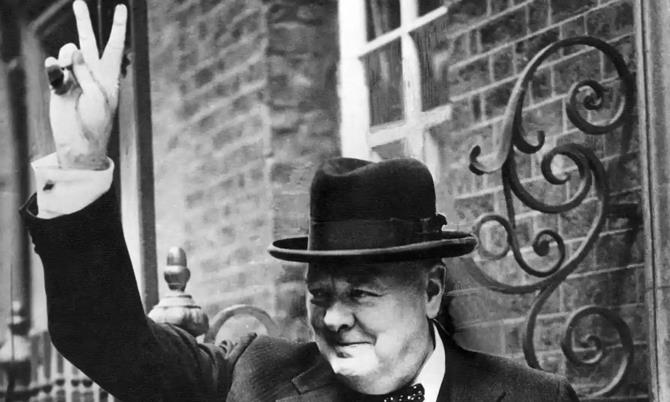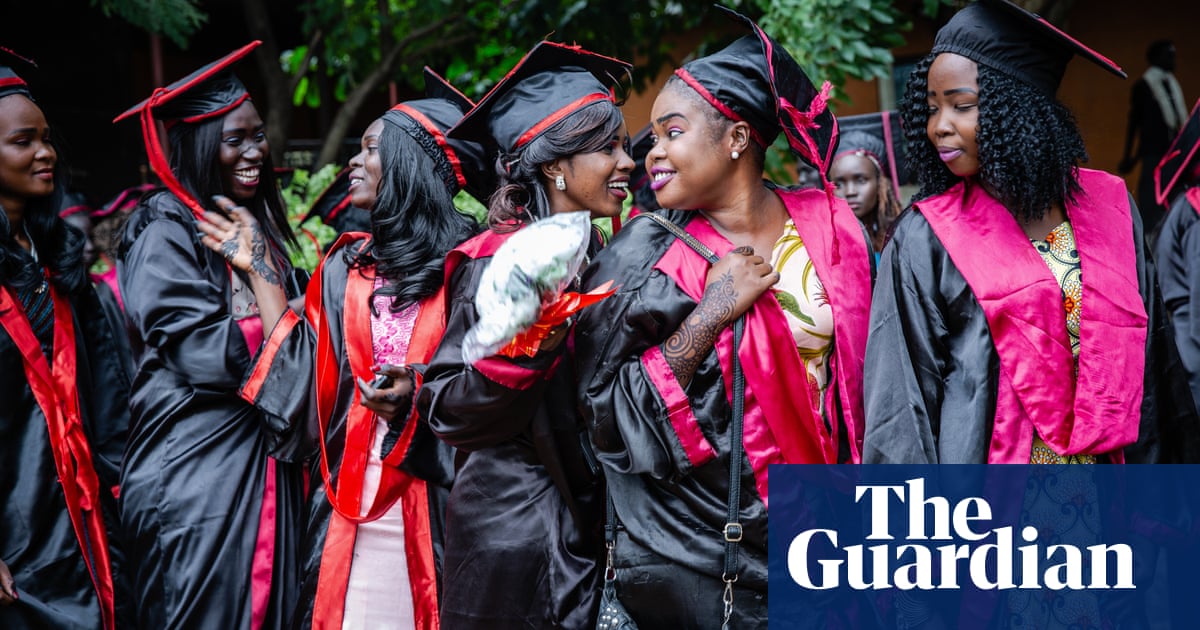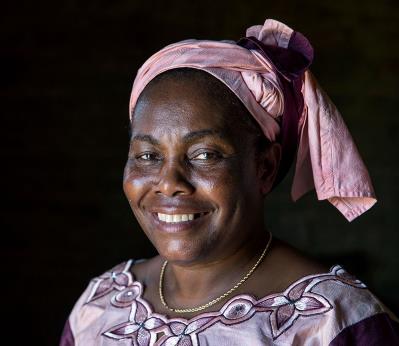
Among my family’s photographs is a picture of a beautiful young woman wearing a trim uniform. My great-aunt Vivian Crabtree was a US Marine during the Second World War. Like so many other women at the time, she was assigned an office job that was unglamorous but important.
Last Thursday, Europe and the US marked the 75th anniversary of the D-Day landings, which turned the tide of the war against Nazi Germany. The commemorative events highlighted the sacrifices and courage of many people. Several new books have provided insights into the ways women helped to win the war, including “D-Day Girls” by Sarah Rose, “Resistance Women” by Jennifer Chiaverini, and “A Woman of No Importance” by Sonia Purnell.
Women played a vital role in many areas during the war. In the US and the UK, they were an essential part of the wartime workforce, building equipment, farming, driving cars and flying planes, and many other activities that were necessary while so many members of the typical workforce were away fighting. In London, women were known for their role in manning anti-aircraft guns and putting out fires following incendiary attacks.
In continental Europe, women had to find resourceful ways just to feed their families, escape combat zones, and avoid hostile Nazi forces. In Asia, women struggled to keep their families alive while under Japanese occupation or simply struggling with the shortages of food, medicine and other critical supplies.
Many women wore uniforms and served as drivers, couriers, nurses and in many other roles. They were an essential part of various militaries, even though they seldom saw combat. The Soviet military particularly came to rely on courageous women, including in combat positions as pilots, snipers and more.
Some of the most fascinating roles played by women in the war were serving in resistance networks. Throughout Europe, women resistance activists risked their lives to help rescue Allied pilots who were shot down, prisoners of war, Jews, and others fleeing the Nazis. They conducted sabotage operations, such as blowing up train lines and bridges. They produced and distributed anti-Nazi materials and collected intelligence. A few joined armed partisan groups. Jewish women participated in the uprisings in concentration camps and the Warsaw Ghetto, as well as other resistance work.
Rose’s book focuses on a particularly interesting group of women who were selected by the British Special Operations Executive (SOE) to parachute or fly into France in order to help organize the French Resistance and prepare for an eventual Allied invasion. They risked their lives through activities such as serving as couriers, operating radios, and gathering intelligence. One of the women that SOE sent behind enemy lines was Noor Inayat Khan, an early Muslim heroine of the war who was posthumously awarded the George Cross.
Chiaverini’s novel highlights the true story of American Mildred Harnack and other mostly German female members of the “Red Orchestra” resistance network inside Nazi Germany. Members of the group produced anti-Nazi pamphlets, helped people flee Germany, and provided intelligence to the US and the Soviet Union.
Of course, the Second World War was not only fought in Europe. Many Asian women fought against Japanese occupation. Korea suffered the longest, as it was occupied by Japan from 1910 until the end of the war. A teenage girl, Yu Gwan-sun, is a noted heroine of the Korean resistance. She participated in and helped organize protests against the Japanese occupation as part of the March 1st Movement. She died in 1920 at the age of 17 following imprisonment and torture for her activities. Although she died long before the Second World War began, she was a forerunner of the resistance women to come.
Women were an essential part of various militaries, even though they seldom saw combat.
Kerry Boyd Anderson
Many women in Asia participated in resistance activities during the war. Sybil Kathigasu and her husband provided medicine and medical services to resistance members hiding near their home in Malaysia. They were both arrested and Sybil suffered brutal torture. She was flown to Britain for treatment after the war and was awarded the George Medal for her bravery, but she died in 1948. A celebrated heroine in Singapore is Elizabeth Choy, who secretly provided food, medicine, letters and more to British prisoners of war. She also was captured and tortured but survived decades beyond the end of the war.
The harsh reality is that many of these brave women did not survive the war. Many who did suffered brutal treatment in prisons and concentration camps. However, after the war, the stories of their heroism were important to societies recovering from conflict and occupation.
Some forms of women’s resistance took place after the war ended as they tried to ensure their tormentors saw justice by gathering evidence and testifying at the Nuremberg trials. Others revealed the truth about their suffering, sometimes many years later, such as Kim Bok-dong of Korea, who spoke out about the sexual slavery she was forced into by Japanese occupying forces. In some cases, such as Corrie ten Boom, they even demonstrated the strength to forgive. Those who pushed through humiliation, grief and suffering to insist on justice for themselves and others have demonstrated tremendous courage.












